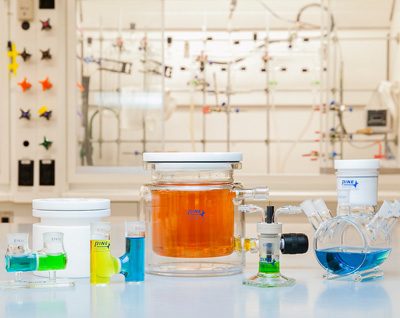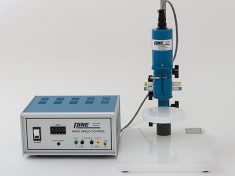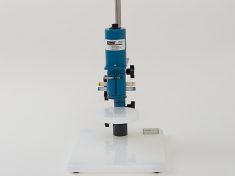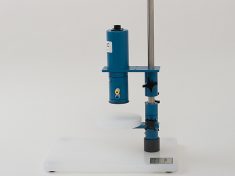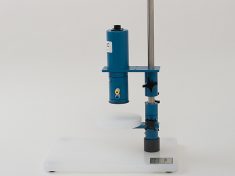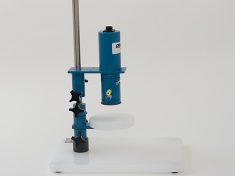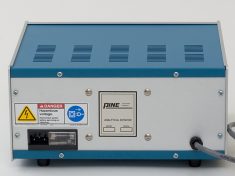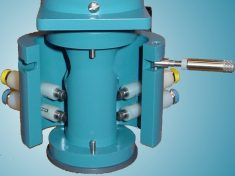MAXIMUM ROTATION RATE: Each style of electrode for this rotator has a separate maximum rotation rate. Never exceed maximum rotation rate when working with rotating electrodes.
All shafts and electrodes for this rotator are sold separately. Customers who own the older AFMSRX or AFMSRX rotator may continue to purchase shafts and tips for their rotator
Rotating disk (RDE), ring-disk (RRDE), and cylinder (RCE) electrodes may be used with this rotator. The rotation rate of the electrode may be precisely controlled using a four digit push-pot control on the front panel. The rotation rate is adjustable to within 1% of the control setting over a range from 50 to 10,000 RPM. A voltage output signal that is proportional to the rotation rate is available on the front panel. This signal may be used to accurately monitor the rotation rate during an experiment using a voltmeter or other data acquisition system.
If desired, the rotation rate may be controlled externally by applying an input signal to a pair of banana jacks on the front panel. This allows the rotation rate to be modulated by a sine wave, square wave, or other type of waveform. The outstanding acceleration characteristics of the system allow the rotation rate to follow the input signal with very little error. This feature is particularly desirable for use in hydrodynamically modulated applications.
The entire apparatus is easily taken apart and reassembled, and this facilitates locating the rotator in recessed spaces and in glove boxes. The main body of the rotator is easily raised or lowered with respect to a cell shelf, making immersion or removal of the rotated electrode quick and easy. The base is made from a chemically resistant material. Electrode connections are made to the rotating shaft using silver-carbon brushes. There are two pairs of contacts – the yellow pair is for the disk, and the blue pair is for the ring.



